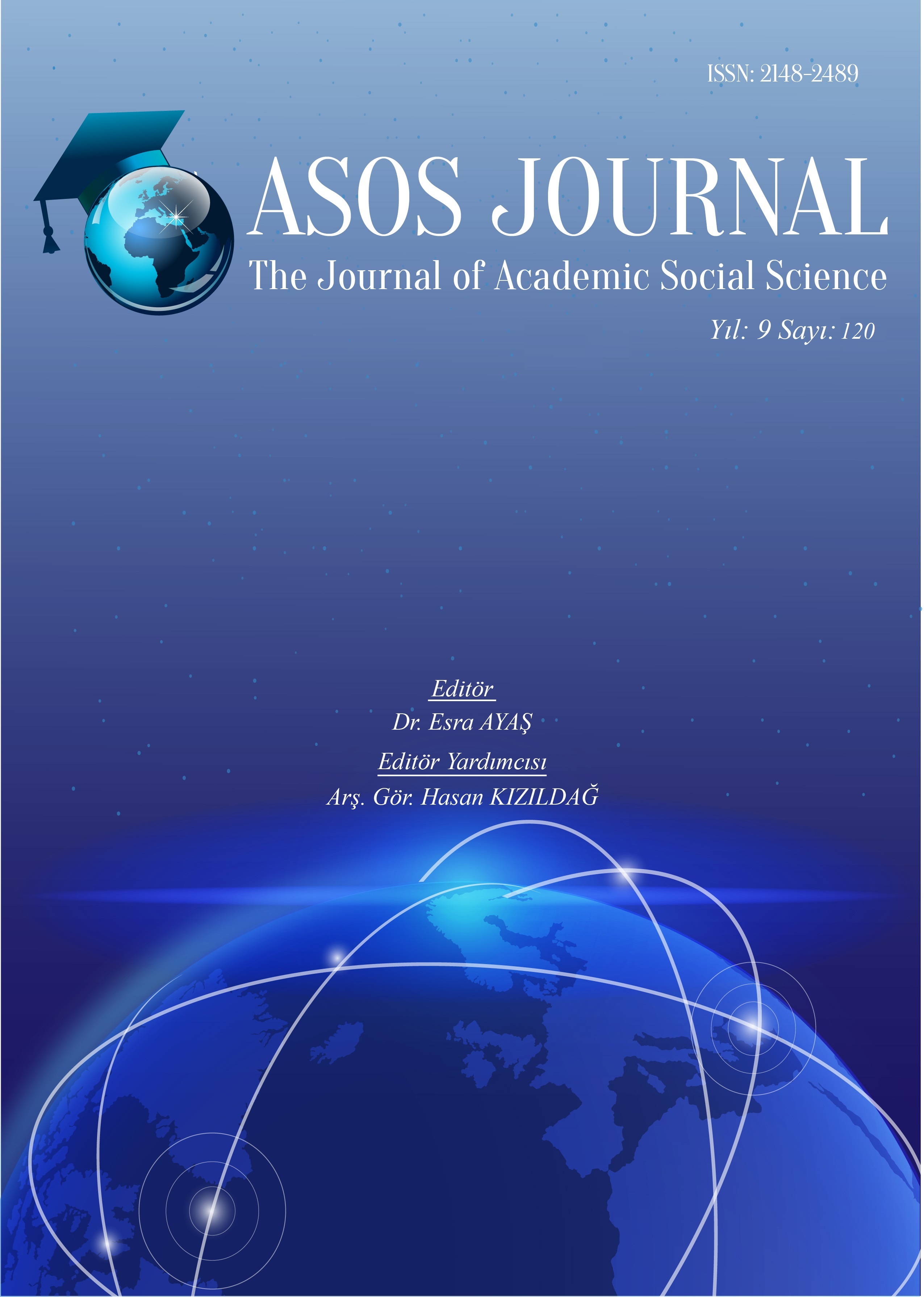Author :
Abstract
Geleneksel Türk sanatlarının bir dalı olan çini, Orta Asya’daki ilk Türk devletlerinden bu yana, mimari kaplama seramiği olarak, genellikle saraylarda, dini mimaride ve bazı sivil yapılarda kullanılmıştır. Çini sanatı Anadolu topraklarında en parlak dönemini, aynı zamanda Osmanlı’nın Klâsik Dönemi olan, 16. yüzyılın ikinci yarısı ile 17. yüzyıl arasında yaşamıştır. 17. yüzyılın ikinci yarısından sonra Osmanlı devletinin ekonomik, sosyal ve sanatsal olarak zayıflaması, İznik çini ve seramik sanatının da giderek kalitesini yitirmesine ve atölyelerin kapanmasına neden olmuştur. Ayasofya Camii haziresinde bulunan üç padişah türbesinde yer alan çini örnekleri, Osmanlı Dönemi çini sanatının klasik dönem ve sonrasındaki çinilerin özellikleri hakkında bilgi vermesinden dolayı önemli yapılardır. Mimar Sinan’ın eseri de olan II.Selim Türbesi (1577) ve III.Murad Türbesi (1599)’ndeki çiniler klasik dönemin kaliteli, çok renkli kırmızılı sıraltı çini örneklerini yansıtırken, III.Mehmet Türbesi (1608)’nde düşük kalitede, boyaları akmış ve kırmızı rengin kahverengiye dönmüş olduğu çiniler dikkat çekmektedir. Bu çalışmada, üç padişah türbesinde de bulunan çiniler, dönem özellikleri, desen kompozisyonları ve mekanda bulundukları yer bakımından incelenmiştir.
Keywords
Abstract
Tile, a branch of traditional Turkish arts, since the first Turkish states in Central Asia, As architectural cladding ceramics, it was generally used in palaces, religious architecture and some civil buildings. The tile art lived its brightest period in Anatolian lands between the second half of the 16th century and the 17th century, which was also the Classical Period of the Ottoman Empire. The economic, social and artistic weakening of the Ottoman state after the second half of the 17th century caused the Iznik tile and ceramic art to gradually lose its quality and the workshops were closed. There are four tombs belonging to three sultans and a princes in the graveyard of the Hagia Sophia Mosque. The tile samples in the three sultans' tombs examined are important structures because they give information about the characteristics of the Ottoman period tile art in the classical period and after. The tiles in the Tomb of Selim II (1577) which are also works of Mimar Sinan, and the Tomb of Murad III (1599), reflect the high quality, multi-colored with red underglaze tiles of the classical period, while in the Tomb of Mehmet III (1608), the tiles are of low quality and which with flowing and turning red color to brown draw attention. In this study, the tiles found in all three sultans' tombs were examined in terms of their period features, pattern compositions and their places in the space.
Keywords
- Arol, Z. (2020). İstanbul’daki Klasik Dönem Osmanlı Çinilerinde Rumi Kompozisyonları. Yayınlanmamış Sanatta Yeterlik Tezi, Mimar Sinan Güzel Sanatlar Üniversitesi Güzel Sanatlar Enstitüsü.
- Aslanapa, O. (1986). Türk Sanatı. İstanbul.
- Aslanapa, O. (1986). Osmanlı Devri Mimarisi. İstanbul.
- Demirasar Arlı, B.- Altun, A. (2008). Anadolu Toprağının Hazinesi: Çini Osmanlı Dönemi. İstanbul.
- Doğanay, A. (2009). Osmanlı Tezyinatı, Klasik Devir Osmanlı Hanedan Türbeleri 1522-1604.
- Eyice, S. (1995). Ayasofya. Dünden Bugüne İstanbul Ansiklopedisi içinde, (Cilt 1. s. 446-457). Dünden Bugüne İstanbul Ansiklopedisi.
- Kuran, A. (1988). Mimar Sinan’ın Türbeleri. Ed. Sadi Bayram, Mimarbaşı Koca Sinan: Yaşadığı Çağ ve Eserleri I, s. 223-238.
- Orman, İ. (2011). İstanbul Türbelerinde Çini, Sultan II. Selim Türbesi. Ed. Ahmet Vefa Çobanoğlu, İstanbul’un Renkli Hazineleri, Bizans Mozaiklerinden Osmanlı Çinilerine, s. 184-250.
- Önkal, H. (1992). Osmanlı Hanedan Türbeleri. Ankara.
- Turan Bakır, S. (1999). İznik Çinileri ve Gülbenkyan Koleksiyonu. Ankara.
- Yücel, E. (1986). Ayasofya Müzesi. İstanbul.
